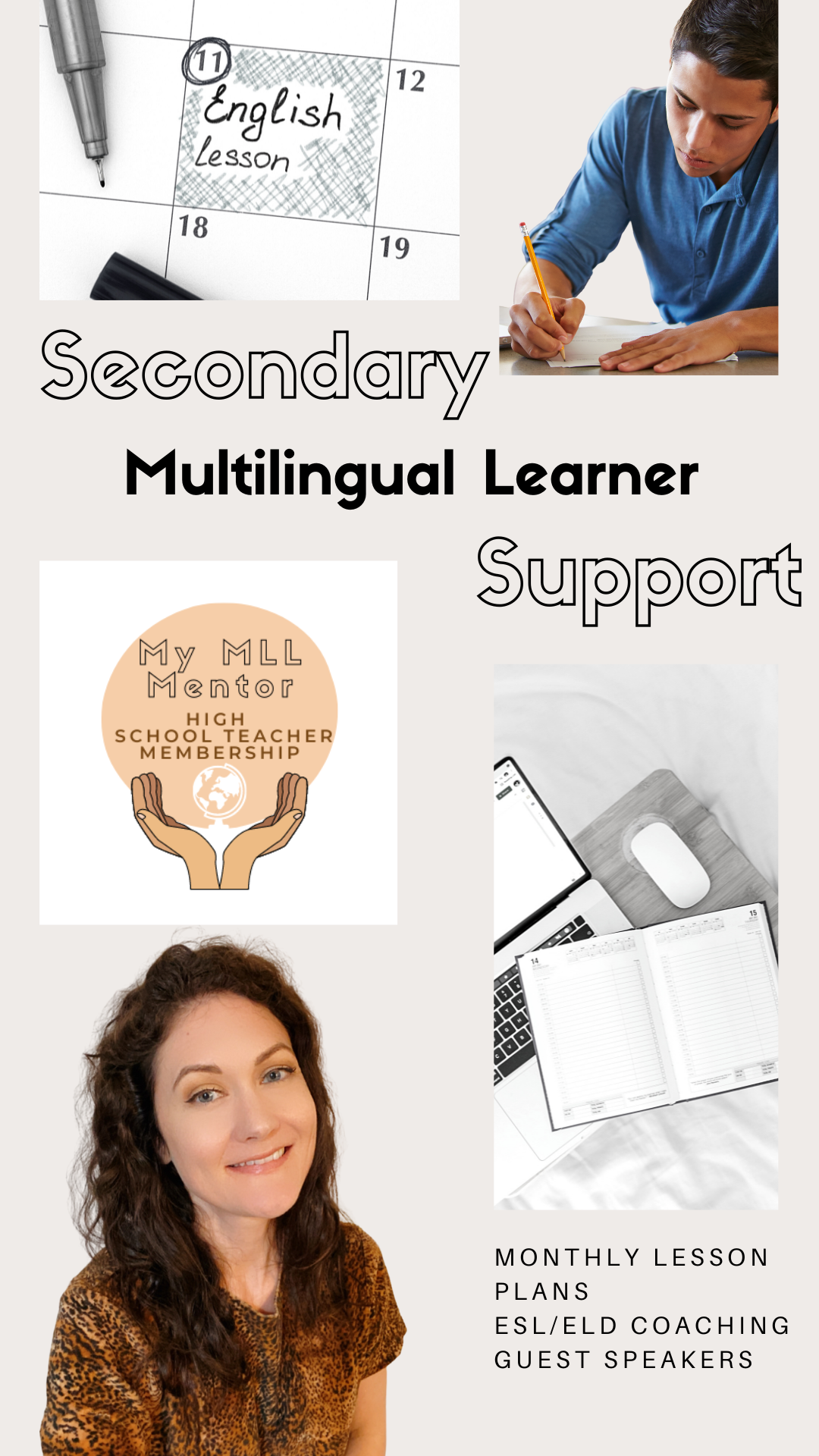|
It's only been one full day since the last day of school, but I'm still thinking of one of my favorites (yes, we have favorites) who bombed the a/an part of my final exam. She just didn't get it, no matter how many times I revisited the topic, retaught it, remodeled it, re-practiced it, had her practice again with her partner (there were only two students in that class). She still equated a/an as the same as un/una. She could not get past the fact that in English, we do not have genders with our nouns.
In Spanish, nouns are either masculine or feminine. La villa (a chair) is feminine, and el escritorio (a desk) is masculine. In English, we just say "a" or "an" for both. In both Spanish and English these are indefinite articles, which means they are not specific. For another lesson, if you want to use a specific article in English, we say "the" and in Spanish we say "el" or "la". The tricky part is when you are not sure whether to say "a" or "an", especially if you have in your mind that everything is based on gender. Rule number one is that English does not have genders. Nope! Erase it from your mind (easier said than done). So, what would I do differently if I had a student in the future who had difficulty grasping this concept throughout the whole school year? I'd say: Back up. Use your borrador and erase any memory of genders in Spanish. "El" and "La"? They don't exist. Then, I'd try these strategies: 1. Write on the board "la" and "una", and "el" and "un". Draw pictures of Spanish examples of each of these. Draw a house for casa, a chair for silla, a desk for escritorio, and a book for libro. Make sure to put them by the correct gender article. Then use a big fat marker and draw an "X" over them. Explain simply and explicitly that gender, or masculine and feminine, do not exist. The words "masculine", "feminine", and "exist" are all cognates. Hopefully they would catch on to the meanings in Spanish if they are beginners. Then, ERASE THEM. See? They don't exist! 2. Write "a" and "an" on the board and put a big ol' equals sign. Then next to it, draw all four of those things again quickly. Say that we use "a" and "an" for all of these items! The only difference is that we use these two based on the vowel at the beginning of the word. Write "a" next to all of the items, or just erase that "an" you put earlier. 3. Draw a T-chart. List a bunch of words that begin with a consonant under "a". Consonant is fortunately also a cognate. List a bunch of words that begin with a vowel. CIRCLE the beginning letters. Explicitly explain that consonants are "a" and vowels are "an". 4. Elicit some examples from your students. The more they like the topic, the more likely they will remember. Oh, you like video games, Jesus? What does "video" start with? Write it on the board and circle the "v". Have your students work with a partner to write a list of items that they like or are related to a topic you have recently been learning about. This is a great time for some accountable talk and speaking practice (put some useful sentence stems on the board for them to use). Have them go through and circle the first letters of the words and write "a" or "an" next to them. 5. Just to make sure they understand, have them explain in their native language or in English if possible to their partner, or a new partner, what the difference is between "a" and "an". Then have them relate it back to "un" and "una". If you are hearing some words that don't sound like mastery, go back and reteach it to them individually. Next, have them work together or alone on an assignment with more practice. I have a great resource that teaches this and polite and rude requests with classroom objects. 6. Quiz it up. Give a quiz at the end of the lesson or in the next lesson. Give them homework to practice. Make a quizlet for them to go home and zone out and practice on their phones for 5-10 minutes a day and give an incentive for them to take a screenshot of their scores of how they did online. Have them show it to you the next day or have them email it to you. 7. Finally, revisit things they haven't mastered often. I am guilty of trying to move ahead to the next thing so that we don't fall behind. I'm guilty of saying, "We'll practice that next week", and next week rolls around and fire drills happen, or testing begins, or pop-up class meetings take place. Be organized and make a note in your planner or on your desk calendar. There's a ton more you can do when you revisit grammar, like study the grammar point in songs, movie clips, make a board-game, so much! What is your favorite way to teach or revisit grammar in your class? To learn more about strategies for incorporating language into your lessons, check out my course, My EL Mentor: Creating a Language-Rich Classroom! And if you are a high school teacher, consider joining my membership, My MLL Mentor, to discuss ideas like this with other high school ESL teachers!
1 Comment
|
AuthorI support middle and high school teachers through monthly lesson plans, coaching, and guest speaker offerings in our Secondary ESL Teacher Membership. Archives
April 2023
Categories
All
|


 RSS Feed
RSS Feed
